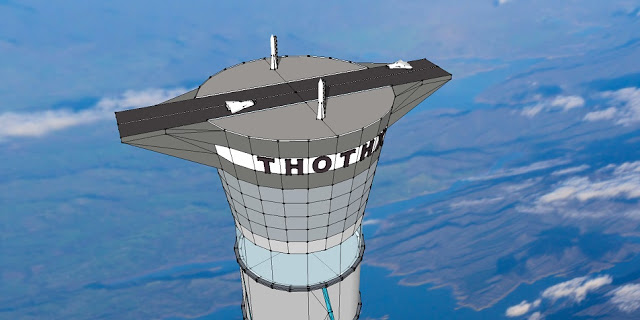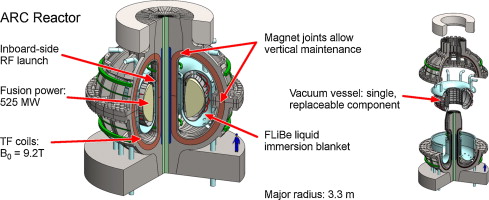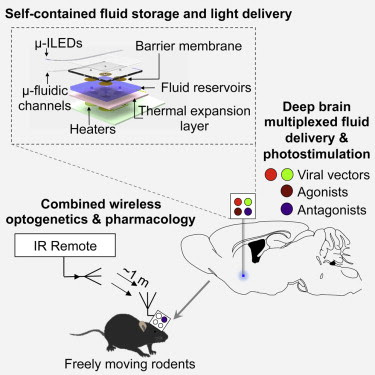Self-sweeping laser could dramatically shrink 3D mapping systems
A new approach that uses light to move mirrors could usher in a new generation of laser technology for a wide range of applications, including remote sensing, self-driving car navigation and 3D biomedical imaging. A team of UC Berkeley engineers led by Connie Chang-Hasnain, a professor of electrical engineering and computer sciences, used a novel …











